“In sport mode it will spin the wheels from low speeds,” says Recharged Heritage’s Tom Festa. “You can try it if you like.”
“It’s okay” I reply, “I’m not that much of a yob.”

Approximately a minute later I light up the tyres, like a yob, after turning down a side road, while testing out the hundred-or-so horsepower the electrified Mini develops in its sportiest setting.
In my defence, the road was slightly damp, and the rest of the time the Mini had no problems putting the power down through its 12-inch wheels and skinny rubber. Like other electric conversions we’ve driven, the Mini Recharged is an absolute doddle to drive.
It was conceived through a project sanctioned by Mini – as in, BMW Mini – itself to expand the potential of the classic Mini, in terms of both engineering and sustainability – although the latter is a complex subject. Festa made the idea a reality, bringing together the best of British-based know-how.
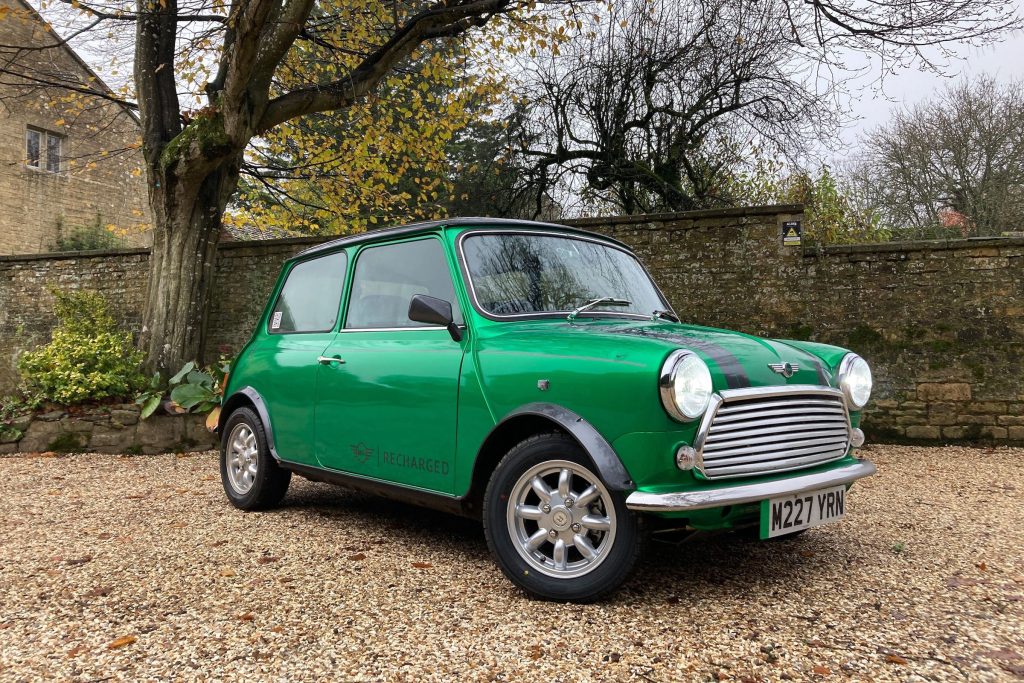
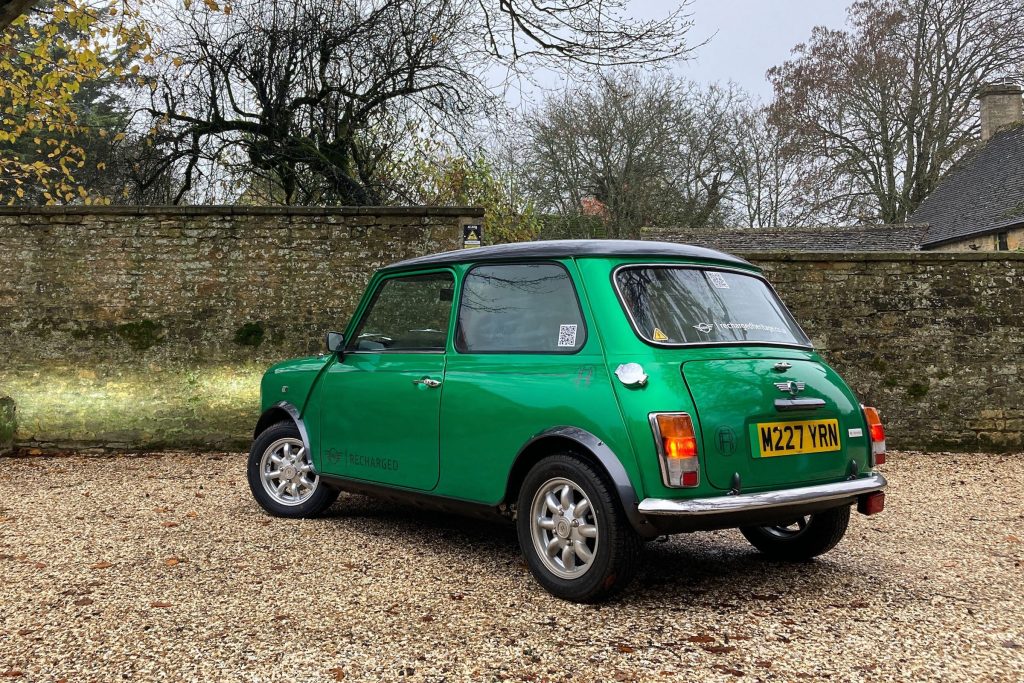
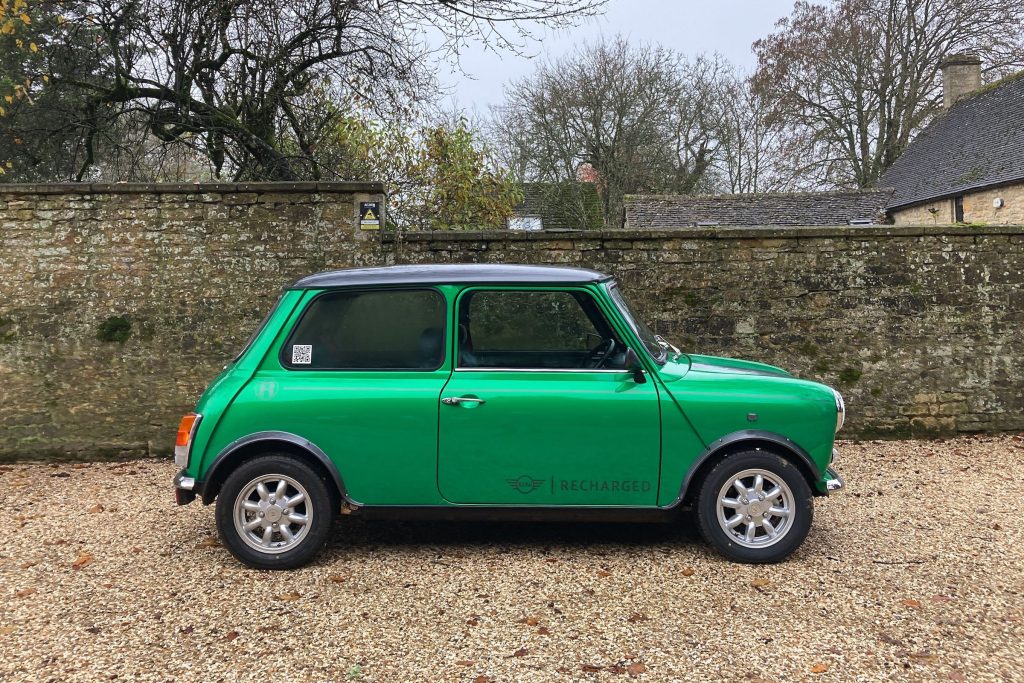
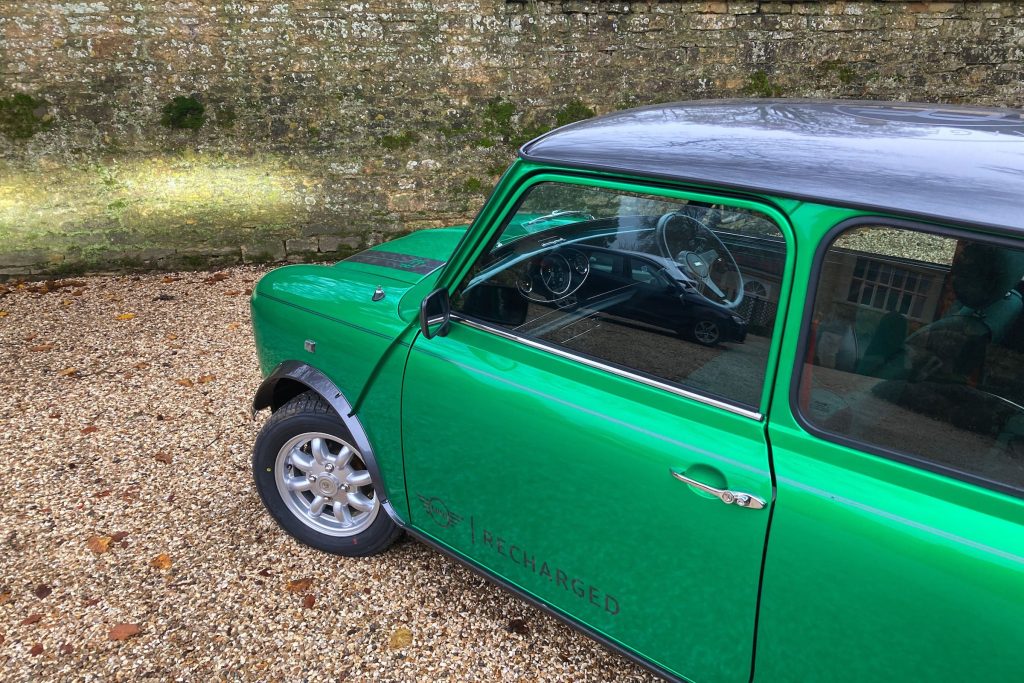
He’s been with the Mini brand for twenty years (later telling me he was also involved in the first R56-generation Mini-E prototypes, used by BMW to understand how people used electric cars in the real world), and pulled together the combined knowledge of Mini, electric conversion firm Zero EV, and parts and restoration specialist Mini Sport.
The basic package comprises 19kWh of battery capacity split between packs under the bonnet and in the boot, a charger, a combined inverter and motor controller, and a 72kW electric motor, capped at 75bhp in Pure-spec models and making the full 72kW, or 97bhp, in Sport versions. Range is said to be good for just over 100 miles, and both versions accept a 6.6kWh charge that means waiting three hours for a full charge using a 7kWh wallbox at home or out and about, or nine hours if you’re stuck with a domestic socket.
There is also a dedicated single-speed transmission, differentiating it from conversions that retain a conventional manual gearbox. This, says Festa, is because it’s ultimately the better engineering solution, not least because it’s a great deal more compact. That’s important when one of the goals has been to retain the original Mini’s overall weight and its weight balance, so inherent in the character of how the little front-driver gets down the road.
Packing batteries, motors and the like into the 10-foot shape hasn’t affected its practicality either. In the boot, the battery lives in the spare wheel well (and comes up to the same height as the original carpet), while the charger occupies less space in the inner wing than the old fuel tank (while neatly retaining the filler cap as the charging port).
The subframes are new, because it’s the only way to be sure everything is square both for the new drivetrain and as a basis for getting the thing driving straight. More notably, there are no modifications to the body – not even any new holes drilled into it – which means, in the eyes of the DVLA, it can retain the same registration as the donor car. That’s good for sticklers of originality too, of course – there’s nothing here you couldn’t, with time and effort equal to converting it, return to standard.
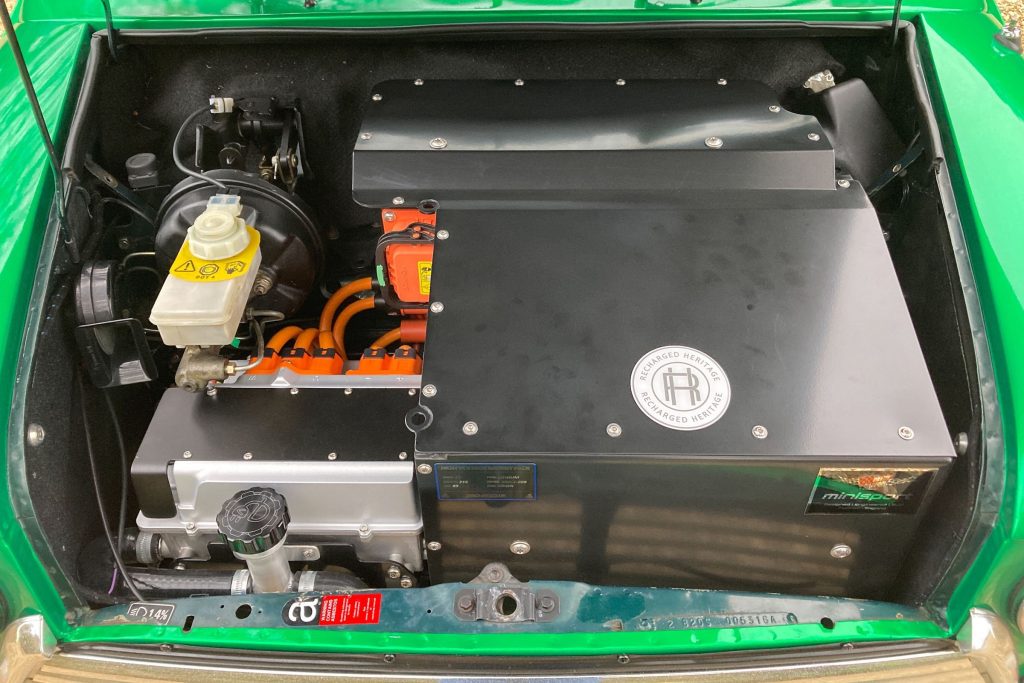
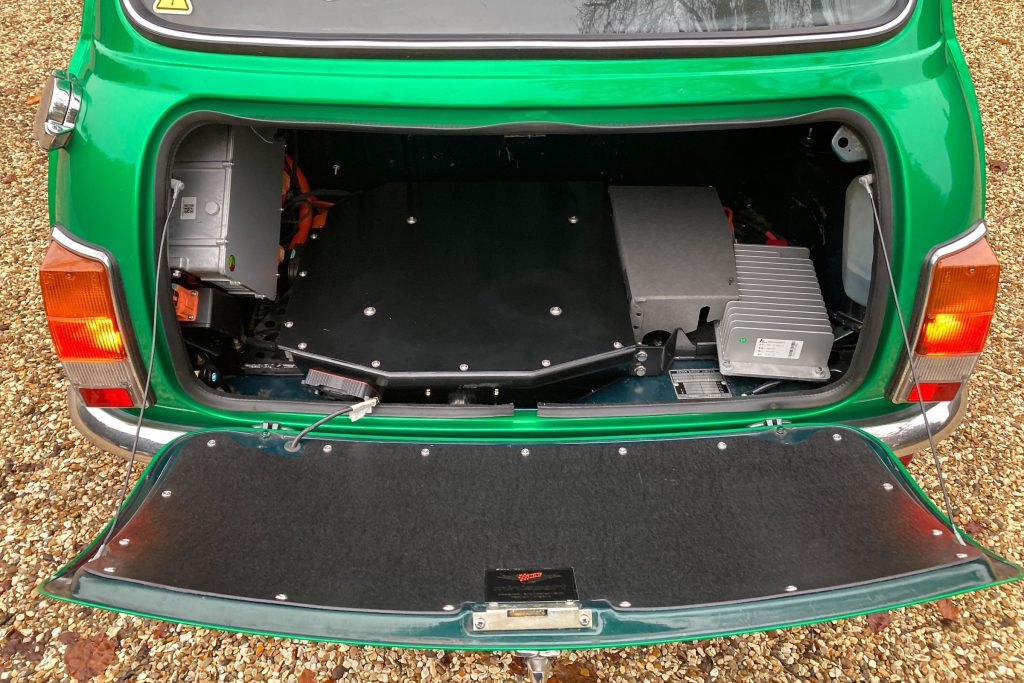
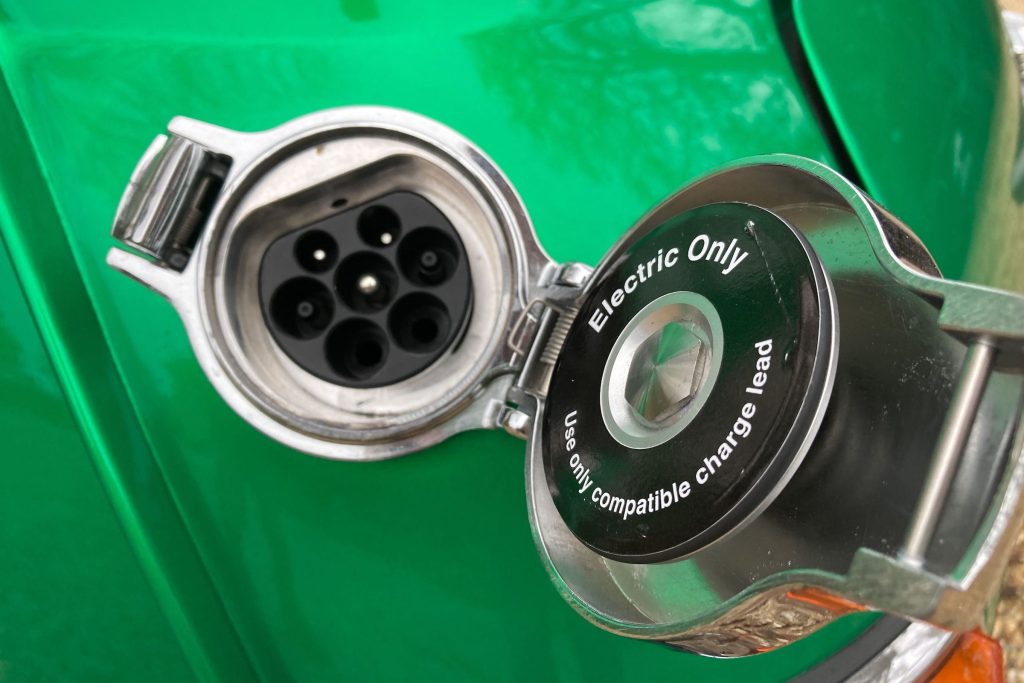
The conversion itself is entirely in-house; Recharged Heritage won’t be selling kits. The company recently announced a starting price of £62,500 for the full package, or £42,500 if you bring in a Mini yourself, and anticipates selling it in the US – but these full builds ensure every car is built to a certain level of quality, at Mini Sport in Burnley, and allows it to offer a one-year warranty on each conversion.
Festa’s demonstration car is one of the models being used for development, so it’s not technically the final product (that should be ready by February 2023), and it also has a few dings in true old-Mini style.
It’s attracting attention before I even walk up to the car though. Some of this is inherent to Minis – a guaranteed petrol-station (now charging station?) conversation starter – but part is probably down to this car’s attention-grabbing metallic green wrap and stickers revealing how it’s powered.
Don’t read too much into the colour, or the interior trim (the tartan hails from one of the many special edition Rover Minis, and lends this car its nickname) as a customer can choose more or less any colour and trim combo they like. But some of the details are worth focusing on, like the custom gauge pack from Smiths, designed to replicate the original Mini’s central dials, but including a drive indicator (in place of the original fuel gauge), range dial, and even a digital trip computer.
There are only two pedals in the footwell, while the manual-style lever on the floor is a simple three-position control, with neutral in the middle, pull-back for drive (as in a conventional automatic), and reverse, with a lift-up collar, in the forward position.
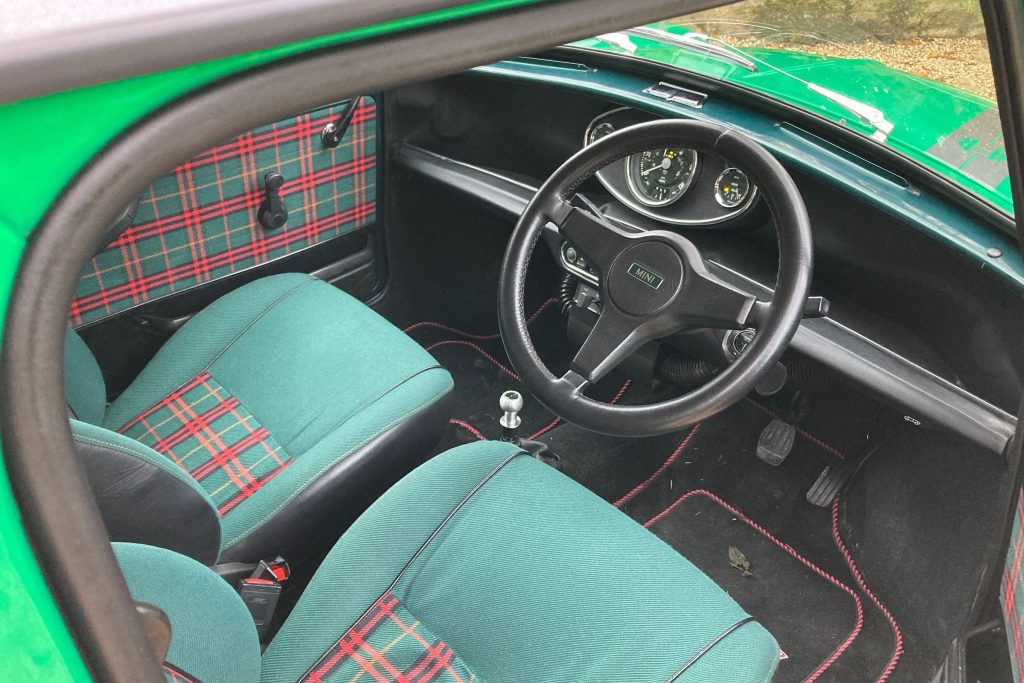
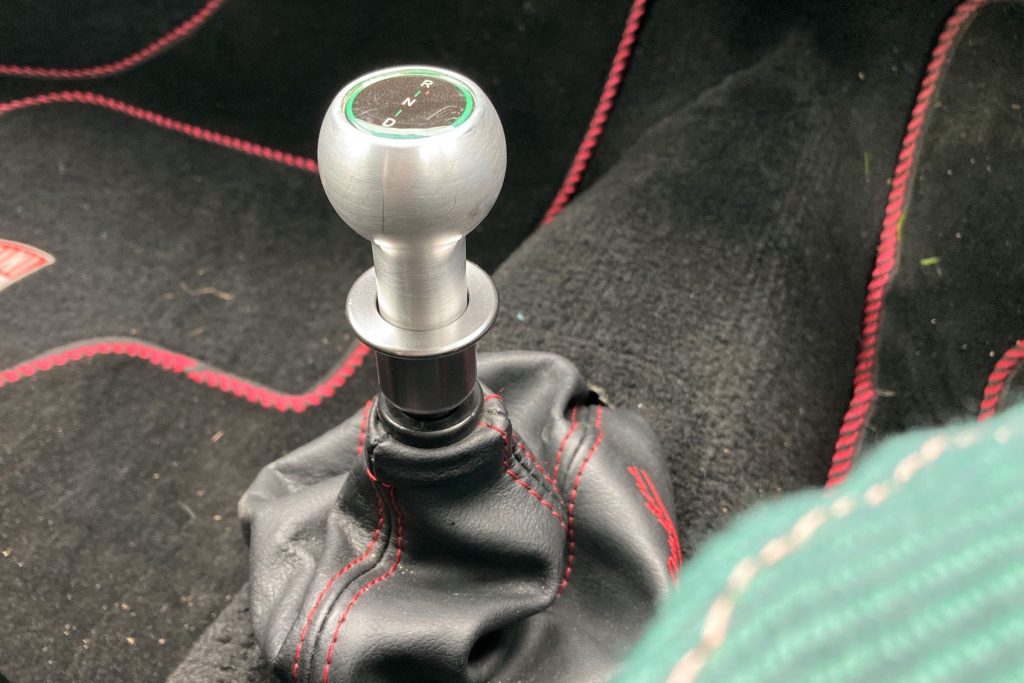
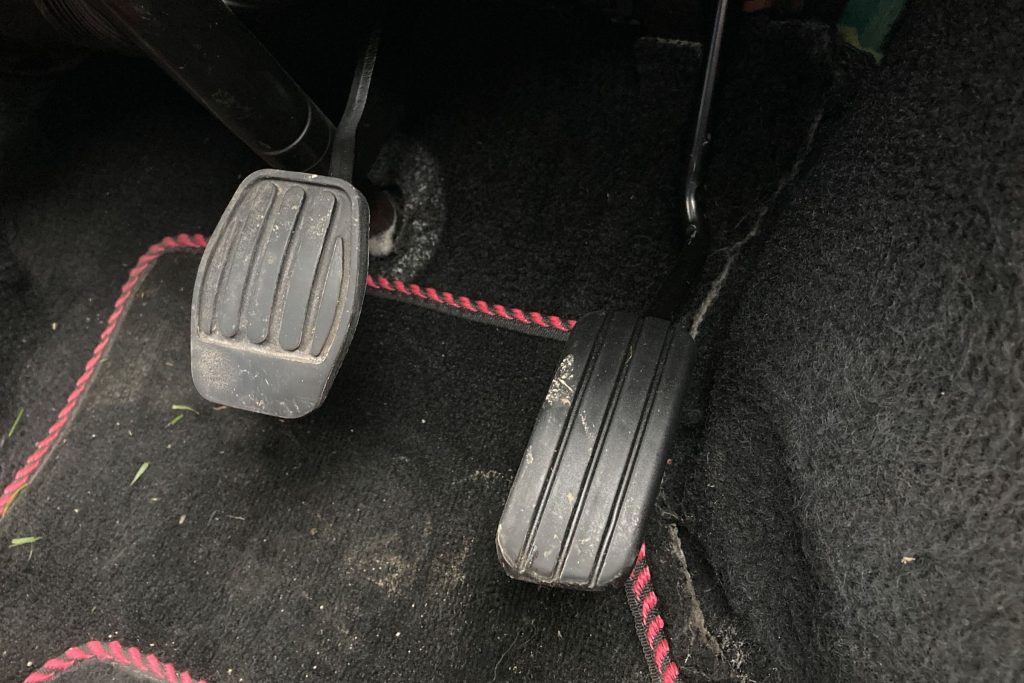
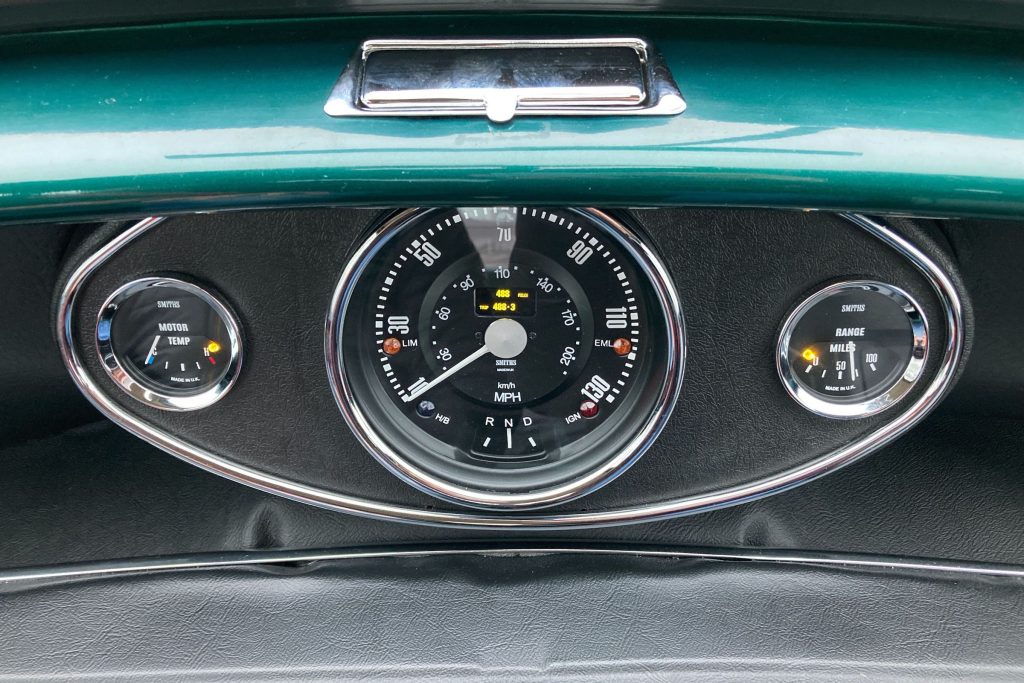
The rest is pure Mini, able to accommodate a surprising breadth of driver and passenger shapes and sizes, with a driving position that puts you quite far back from the windscreen, and a wheel whose centrepoint aims somewhere over your head. Like Mini drivers across the ages, you’ll likely settle on a hand position somewhere around eight and four, and find yourself hunching over the wheel for every corner.
Starting up (foot on brake, twist key) is accompanied by the Morse code beeps for “mini”, and after pulling the drive selector back and releasing the handbrake, we’re off. There’s the smallest of shunts as the motor starts but low-speed manoeuvring is childishly simple, save for the need to be extra careful around pedestrians, who are often oblivious to the small, green object sneaking up on them like a character in a Pixar movie.
In regular Pure spec, Recharged Heritage has aimed for performance on a par with an old 1275 GT, so you’ll reach 62mph in 11.5 seconds and top out just shy of 80mph. Given both figures in a regular Mini involve giving the long-stroke A-series and its four-speed ‘box absolute death, the equivalent here feels effortless and not nearly as abusive.
Power is managed in such a way that the car shouldn’t spin its wheels, though you’ll occasionally feel a tug of torque steer, with around 74lb ft through the narrow tyres. In this development car, Festa flips a switch under the dash to unleash the motor’s full 97bhp and 96lb ft potential, also unleashing the capacity for vulcanising rubber, and giving a more aggressive shove when standing on the accelerator pedal from any speed. In this mode, the car is good for 60mph in 8.5sec and 90mph – numbers not unusual to tuned Minis, though to get this performance from an A-series you’re into the realms of considerable noise and expense.
Even in its lower power setting there’s get-up-and-go unknown to most old Minis, and the kind of thirty-to-sixty acceleration to surprise a few modern cars – remember, this 75bhp is only dealing with a kerbweight in the 600-700kg range.
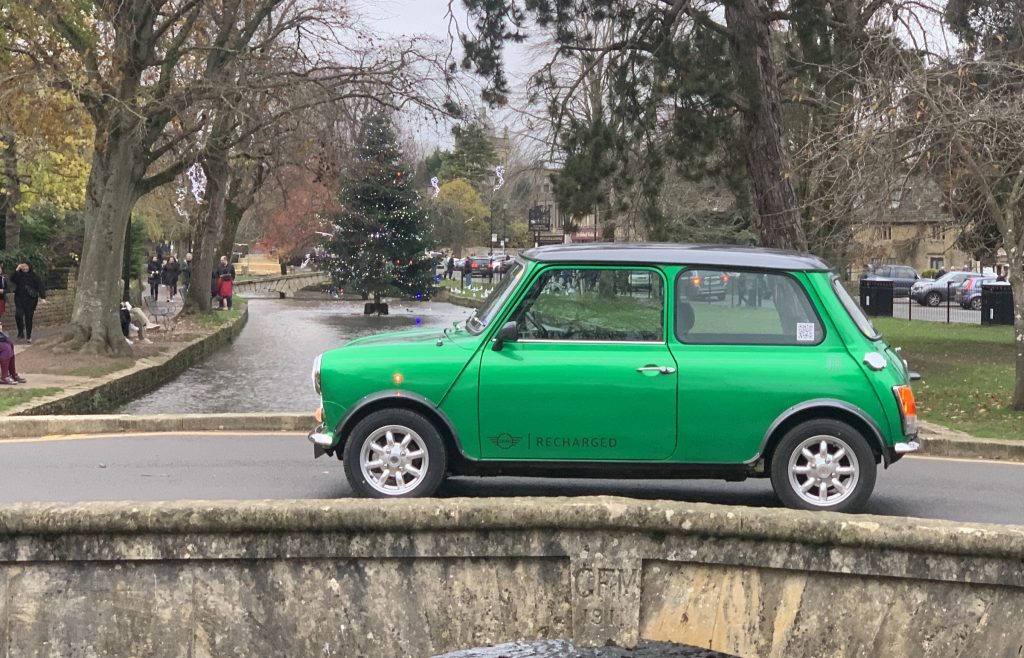
Response is fast and proportional to pedal input, which makes you feel like you’re driving the car and not the other way around. It’s the same when you lift off again, with regeneration akin to conventional engine braking, rather than opening a parachute. The first ten or so degrees of brake pressure also engages regen. Somehow, Recharged has managed to blend this with friction brakes better than some major car manufacturers.
The Mini Recharged is refined at speed, the motor generally less… err, “talkative” than an A-series might be at similar velocities. Amusingly, this car still has some gear whine, something Festa says the team left in as a nod to the original, but should a customer prefer, a soundproof jacket can dull most of this noise. Still, having conversation at a normal volume is a novelty in a Mini doing 60mph.
In true Mini style the chassis still manages to outshine this entire new powertrain, with steering to make me think about whipping out the old go-kart cliché (dammit, I just did), near-imperceptible body roll, and Velcro grip. It’ll still misbehave like a Mini too, as a four-wheel slither around one damp right-hander demonstrates, and while you’ll still pogo along a bumpy road, Mini folks wouldn’t have it any other way.
What is unusual if you’re familiar with Minis is the absence of shudders and rattles, hinting at the kind of attention Recharged Heritage pays to putting these things together. I unavoidably clout a few potholes and skip over a few gnarled sections of asphalt on our Cotswold test route, but other than roll-caged racers I can’t recall driving another Mini that felt so stout.
There are still plenty of people unconvinced by electric conversions of classics, and there are plenty of good reasons to be sceptical. The cost involved is high, the environmental benefits nebulous when classics are used so infrequently to begin with, and for some, interaction with an engine and gearbox (up to and including having to fix them occasionally) is inseparable from the experience of driving an older vehicle.
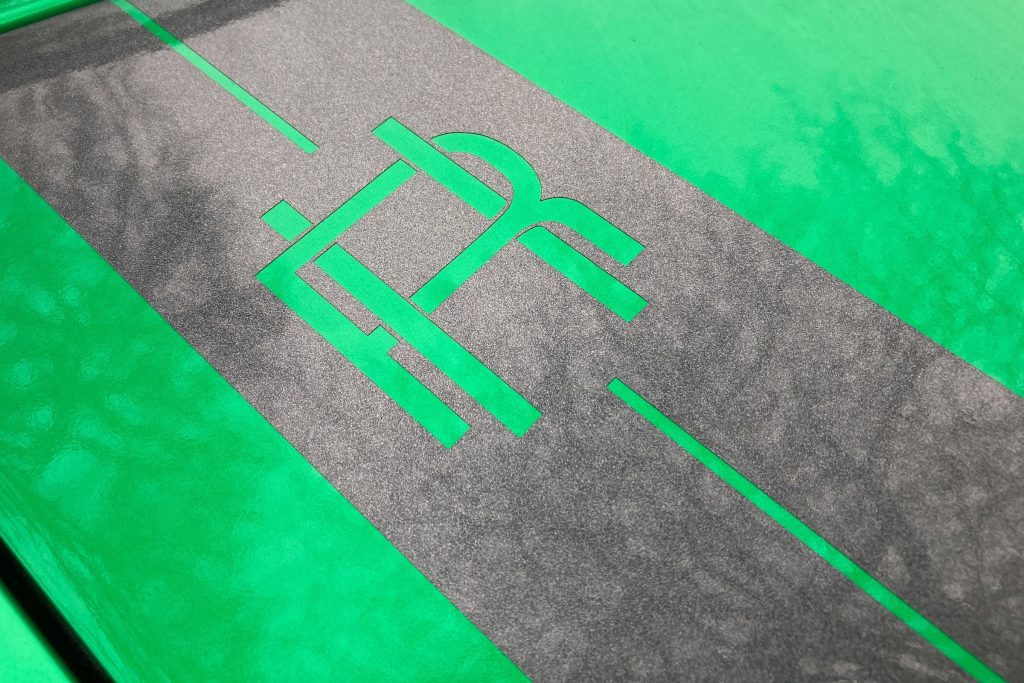
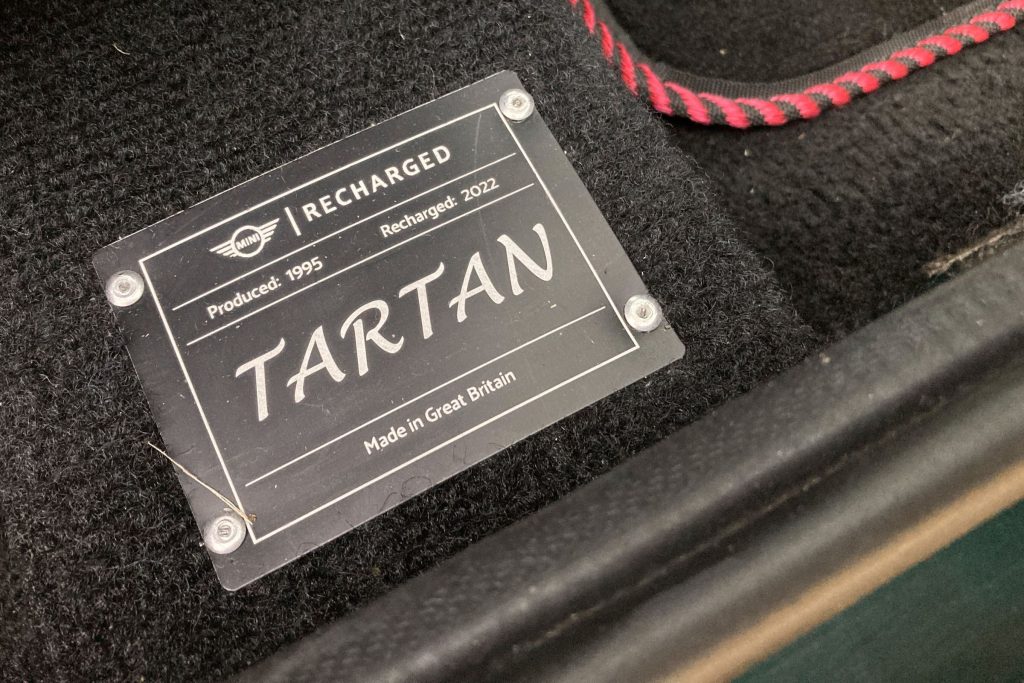
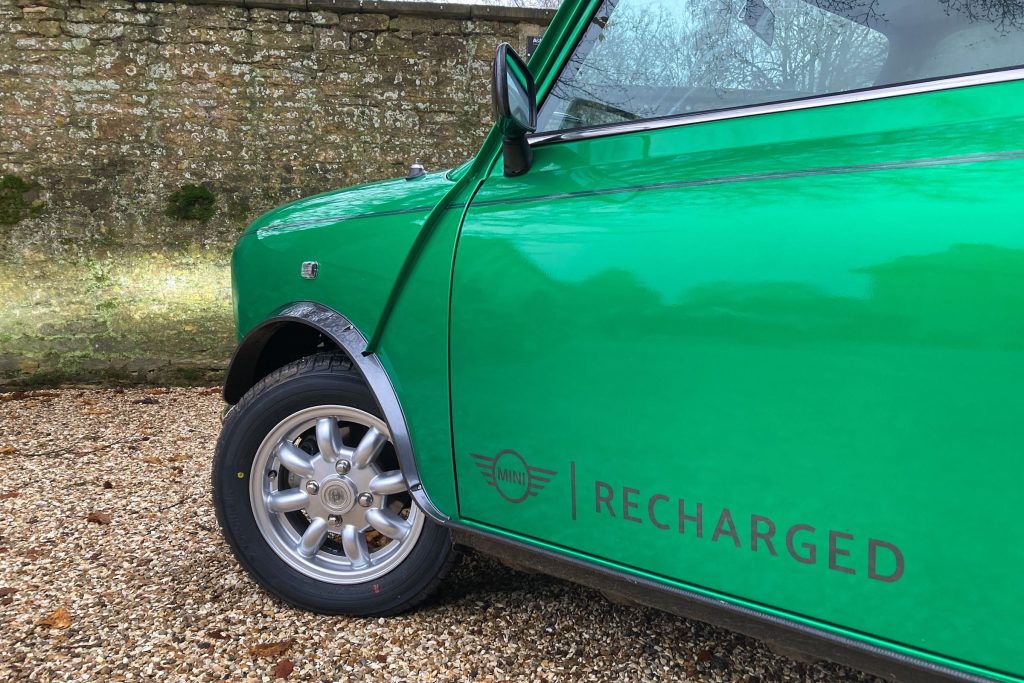
I’m one of those people, and for your reassurance, I can confidently say that the Mini Recharged is no better on a subjective level than a well-prepared, well-looked after A-series car. All Minis are great, and this conversion only makes the Mini different, not greater.
Equally, that makes it no worse, and there remain plenty of advantages to a conversion like this. Usable, repeatable, comfortable performance is one. Reliability is likely to be another, and you’ll never again have to chase leaks around the engine bay.
And while not everyone lives in an urban area, usability here must be a consideration for those with the means for a car like this. While cars older than 40 years are exempt from charges like London’s ULEZ, plenty of Minis are still younger than that, and could still incur more than a decade of future charges for anyone living in an area restricted by emissions zones. The potential for combustion models being banned from cities altogether doesn’t seem far away either [Enough already! Ed], and ULEZ exemption won’t help older cars there.
Preferences and macroeconomics aside, the Mini Recharged is still fabulous to drive. And having a well-engineered, warranted, officially sanctioned conversion of this iconic classic can only make the Mini’s repertoire even wider.
Read more
Electrogenic Mini review: Exploring London in the perfect city car
This electric MGB roadster is a breath of fresh air
Once labelled untamable, the Cooper-Buick V8 Mini is restored – and meaner than ever!


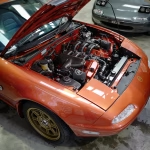







Its certainly an interesting report, and no doubt the cost will slowly come down . I’ve read of one off Morris Minor and MGBGT s being converted too.
The next ten years will certainly be an interesting time for modern and classic car ownership.